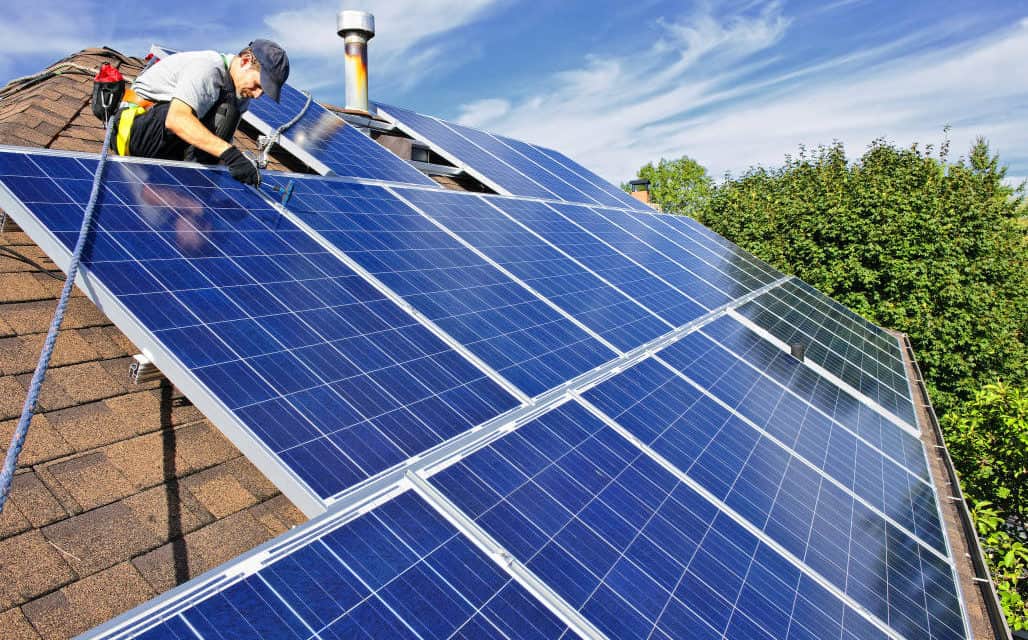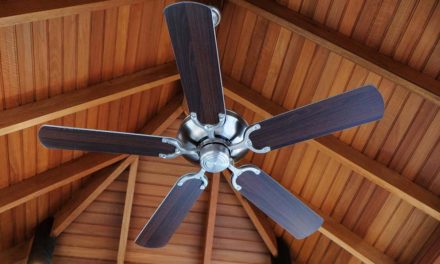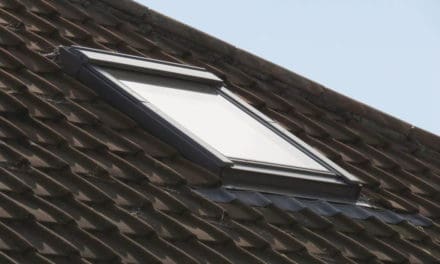By Stacy Fisher
The sun is nearly 93 million miles away, but you can easily plug-in to it right at your wall receptacle. All that’s needed are a few solar panels on your roof to capture its boundless energy.
Homes with rooftop solar arrays have gone from curiosity to commonplace, largely due to the dramatic decline in prices in the past several years. And this positive trend is expected to continue into the foreseeable future.
Passive solar heating systems, which turn solar energy into heat instead of electricity, have also been used for decades for additional energy savings.
Installing active and passive solar systems in the mainstream residential market has proved to be a challenge because historically it’s been prohibitively expensive. But thanks to innovations in solar cell technology, as well as local rebates and federal incentives, that’s all changed. Today such systems are well within reach of many consumers.
Investing in photovoltaic solar panels is potentially a rewarding undertaking, but it’s not quite as straightforward as getting your energy directly from your local power utility.
Theresa Phillips, Energy Services Manager at Lassen Municipal Utility District (LMUD), says that, “Our current program is for LMUD customers and runs through June 30 of 2015, with a rebate for residential capped at $4,000 per system, and $21,000 for commercial properties.” Along with a 30 percent Federal tax credit, these subsidies offer an economic benefit to consumers by lowering high capital costs. The program continues to run through the end of 2017, but the amount of the rebate decreases seven percent each year. “I would caution people to check with their tax professional before they commit to an installation.”
If a homeowner wants to go with solar energy they’ll have to work with a certified contractor, Theresa says. Companies have to be certified by the state of California in order to install a system that qualifies for a rebate. “People can find information for which companies are certified by going to: www.gosolarcalifornia.com.” Interested individuals can also check out LMUD.org for rebate information.
Most systems offset all or a major part of a homeowner’s electric costs. “I think that’s the intent for most people who invest in solar,” Theresa shares. “They want to zero-out their electric bill and go green to reduce their dependence on the grid.” The long-term benefit of going solar is substantial since the sun is expected to provide power for at least another four billion years.
“I like people to call me first at 530-257-4174 if they’re within our service territory for information before moving forward,” she recommends. Then once the homeowner selects a contractor, that contractor works with the utility and the customer to fill out the required paperwork. Utilities in other counties may offer rebates, too.
Homeowners who install solar panels and/or passive solar heating systems can expect to see a boost in their property values as well, Theresa remarks.
Almanor Energy Plus, Inc., located at 3732 Big Springs Road, Lake Almanor, CA., is a full service heating and air conditioning company that specializes in solar water heaters and solar electric systems for homes and businesses.
Owner Monte Stelzriede says when a customer calls enquiring about having a low-maintenance solar system installed, “we start by asking the customer what their present electric bill is and calculate their yearly energy consumption, and then we can begin to assess what sort of system the customer would benefit most from.” If a customer is interested in moving forward, a representative would work with him or her to ascertain where best to locate a solar array by providing a site analysis, with most systems being located on the roof of the house, or with a large enough land area they can build the structure there instead.
Before purchasing a home solar electric system, research your local permit and neighborhood covenant requirements.
Photovoltaic systems for homes typically range anywhere from $15,000 to $25,000 before rebates and federal tax incentives. There are other factors to consider as well before deciding whether solar power would be a good choice for you — and cost is only one of them. But with most systems paying for themselves in just five to seven years, going solar makes good practical sense.












